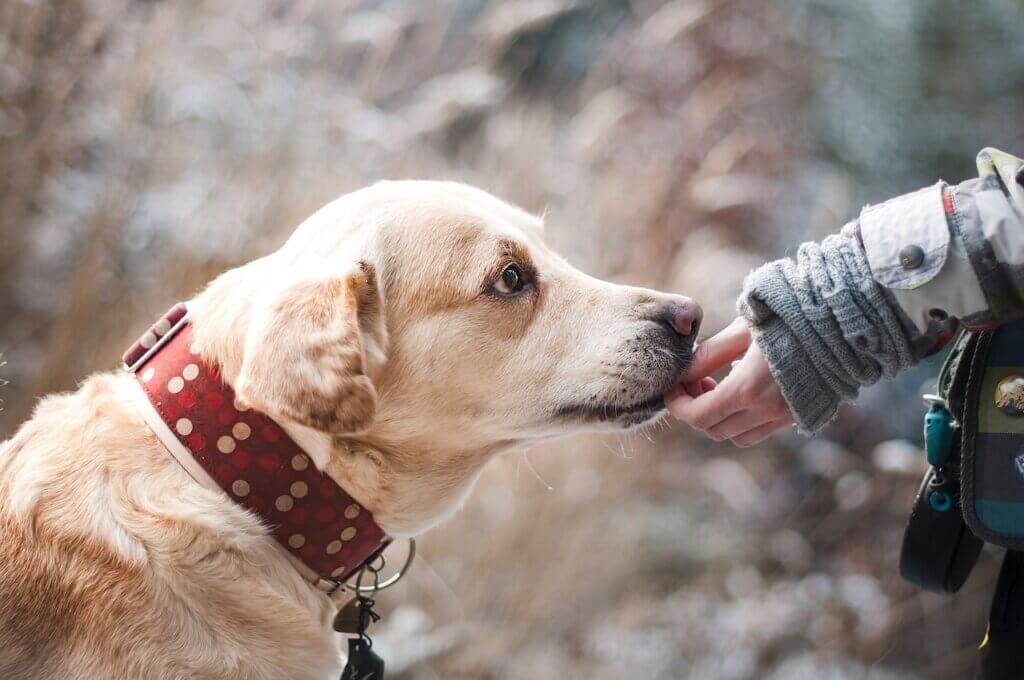So, you’ve decided to bring a new furry friend into your home and introduce them to your existing dog community? Well, that’s an exciting and wonderful decision! However, introducing a new dog to your dog community can be a little tricky at times. Don’t worry though, because in this article, we’ve got you covered with some helpful tips that will make the transition smoother and ensure that everyone is happy and comfortable in their new canine friendships. So, let’s get started and make this introduction a wag-tastic success!

Understanding the Importance of Proper Introductions
When bringing a new dog into your dog community, it is crucial to understand the importance of proper introductions. Dogs are highly social animals, and early interactions with other dogs can have a significant impact on their behavior and social development. By introducing your new dog to the existing dog community in a thoughtful and controlled manner, you can help prevent any potential conflicts or negative experiences. Proper introductions will also allow the dogs to establish a positive and harmonious relationship, fostering a sense of community among them.
Preparing Your New Dog for Meeting Other Dogs
Before introducing your new dog to the existing dog community, it is essential to ensure that your new furry friend is fully prepared for the experience. Start by familiarizing your dog with basic obedience commands such as sit, stay, and come. These commands will come in handy during the introduction process, allowing you to have better control over your dog’s behavior. It is also crucial to ensure that your new dog is properly vaccinated and free from any contagious illnesses that could pose a risk to the other dogs.

Preparing Your Existing Dog for the New Arrival
Introducing a new dog can be an exciting but potentially stressful experience for your existing dog. To prepare your current furry companion for the new arrival, it is important to maintain a calm and balanced environment. Reinforce their obedience training, ensuring that they are responsive to basic commands. Gradually expose them to other dogs and socialize them in controlled environments. By doing so, you are providing your existing dog with the confidence and knowledge necessary to welcome the new dog into the community.
Choosing the Right Location for the Introduction
The location of the introduction plays a crucial role in ensuring a successful and stress-free experience for both dogs. It is recommended to choose a neutral territory where neither dog has established dominance or territorial behavior. This neutral ground can be a nearby park, a friend’s backyard, or any other space unfamiliar to both dogs. By selecting a neutral location, you are creating a fair and unbiased environment that promotes positive interactions and reduces the likelihood of territorial disputes.

Using Proper Leash Control
During the initial introduction between dogs, it is imperative to have proper leash control. Keep both dogs on a secure leash and maintain a safe distance between them. Avoid pulling or restraining the dogs tightly, as this can create tension and anxiety. By giving them enough slack on the leash, you allow them to approach each other in a relaxed manner, thus minimizing any potential feelings of restraint or threat. Proper leash control enables you to quickly react if a situation escalates or if one of the dogs becomes uncomfortable.
Start with Short and Controlled Interactions
When introducing your new dog to the existing dog community, it is important to start with short and controlled interactions. Allow the dogs to meet briefly, and closely monitor their behavior and body language. Look for signs of stress, fear, or aggression, such as growling, raised hackles, or stiff postures. If any negative behaviors are observed, separate the dogs immediately and assess the situation. Gradually increase the duration of their interactions as both dogs become more comfortable and their behavior remains positive.

Observe Body Language and Behaviors
While introducing your dogs to each other, it is crucial to pay close attention to their body language and behaviors. Dogs communicate primarily through body language, and being able to interpret their signals can help you gauge their level of comfort and ensure a successful introduction. Look for signs of relaxation and positive engagement, such as wagging tails, loose body posture, and play bows. Conversely, be aware of signs of stress or aggression, which may include raised hackles, growling, or defensive postures. Understanding and responding appropriately to their body language will facilitate a smoother and safer introduction process.
Provide Positive Reinforcement and Rewards
To encourage positive interactions and reinforce good behavior, it is essential to provide both dogs with positive reinforcement and rewards. Rewarding desired behaviors such as calmness, friendly greetings, and appropriate play can help strengthen the bond between the dogs and encourage a harmonious relationship. Treats, praise, and affection should be given when the dogs display positive interactions. This positive reinforcement helps them associate the introduction with enjoyable experiences, making future interactions more likely to be positive as well.

Allowing Dogs to Establish Their own Dynamics
When introducing a new dog to your existing dog community, it is important to allow the dogs to establish their own dynamics and hierarchy. It is natural for dogs to establish a social order based on their individual personalities and temperaments. Avoid interfering in their interactions unless it becomes necessary to prevent aggression or unacceptable behavior. Giving them space and time to develop their own relationships will help foster a sense of belonging and cooperation within the dog community.
Seeking Professional Help if Necessary
If you encounter difficulties during the introduction process or are unsure about handling the situation, do not hesitate to seek professional help. Professional dog trainers or behaviorists can provide valuable guidance and assistance in managing the introduction and addressing any challenges that may arise. They have the knowledge and experience to assess the dogs’ behavior, identify any underlying issues, and provide strategies to ensure a successful integration into the dog community. Seeking professional help can help prevent potential conflicts and promote a positive and harmonious relationship among the dogs.


